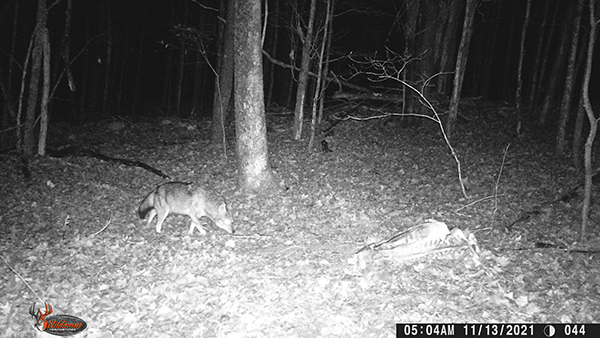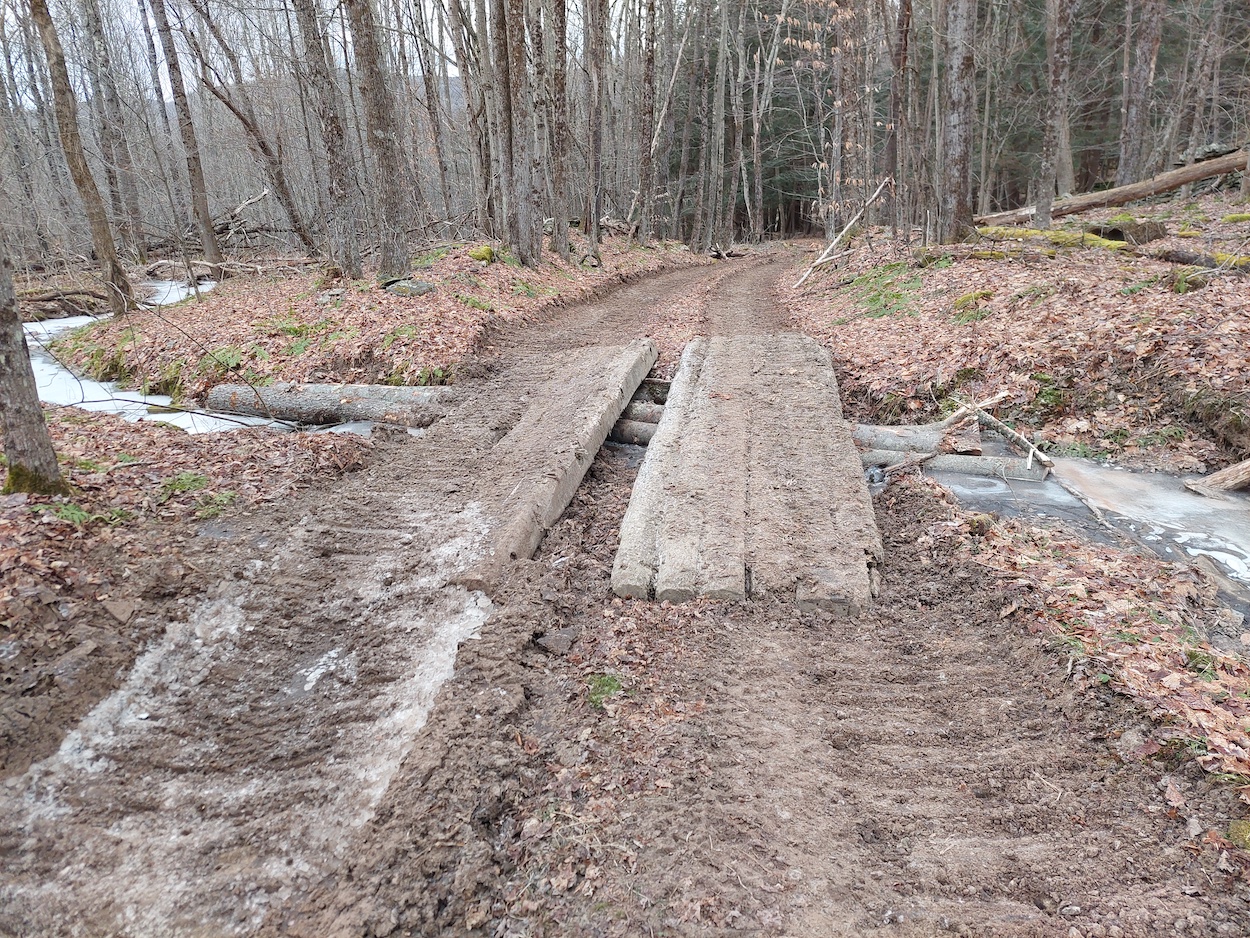Such beauty. What fragrance! Do you have what it takes to remove her?
With the spring comes the panoply of wildflowers bursting into color. They come in waves or reds, pinks, blues, purples, whites, yellows, rising, opening, and seeding before the cold returns.
“What is this flower?” I asked my research partner. “I see it everywhere”. “I’ve been told that it’s phlox,” he replied. It was early June and I had been noticing splashes of white and purple all along roadsides, in fields, and in the forest. As is usual with pretty plants growing prolifically along roadsides and other disturbed areas, I was suspicious. Those characteristics are the hallmarks of invasive plants.
Bountiful bunches of white and purple flowers
Dame’s rocket, rogue’s gillyflower, summer lilac, mother-of-the-evening. There are many names given to Hesperis matronalis of the mustard family. An invasive species, this hateful Hesperis was brought to North America in the 1600s because of its beauty and fragrance. Hesperis was the Greek goddess of the evening, which is the time when these flowers are said to have the greatest effect on the olfactory senses. It has since naturalized, but is considered a noxious weed in the state of New York. Often mistaken for native phlox, true phlox has five petals whereas the Hateful Hesperis has only four.
Four-petal flowers of Dame’s Rocket
Native vegetation which sustains wildlife is crowded out when dame’s rocket prolifically seeds itself into dense thickets.
Removal can include mechanically pulling up the plants, burning them, or applying herbicide. The early spring, before the maturation of seed pods, is the best time to destroy these invaders. Seeds are often included in wildflower mix, so read the labels carefully to avoid spreading the Hateful Hesperis.
Prolific seeding leads to dense areas of growth which replaces native vegetation. It is taking over the countryside, but at least it isn’t wild parsnip.
Thanks for reading and if you’re looking to improve your ability to spot invasives, then check out MyWoodlot.com.








